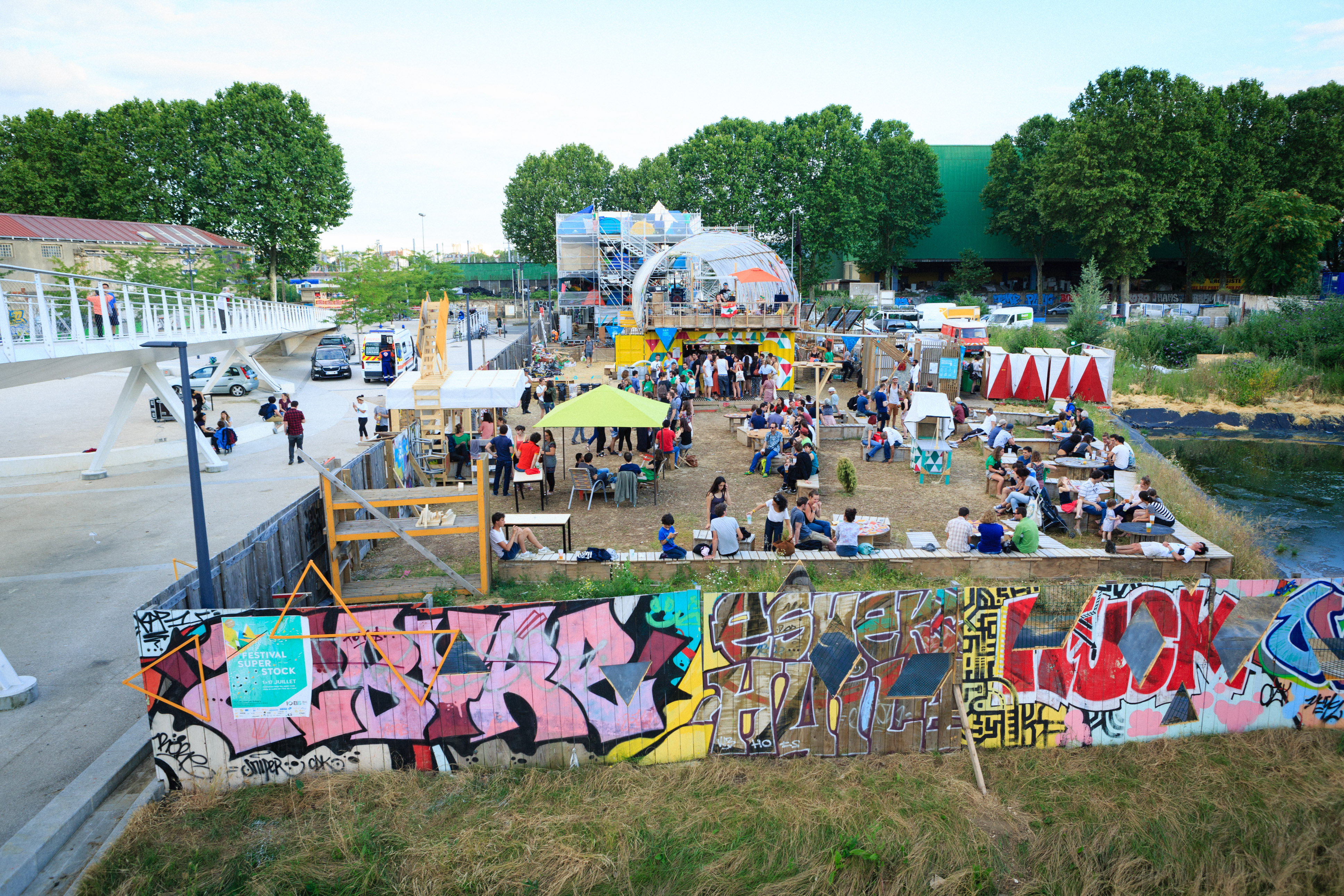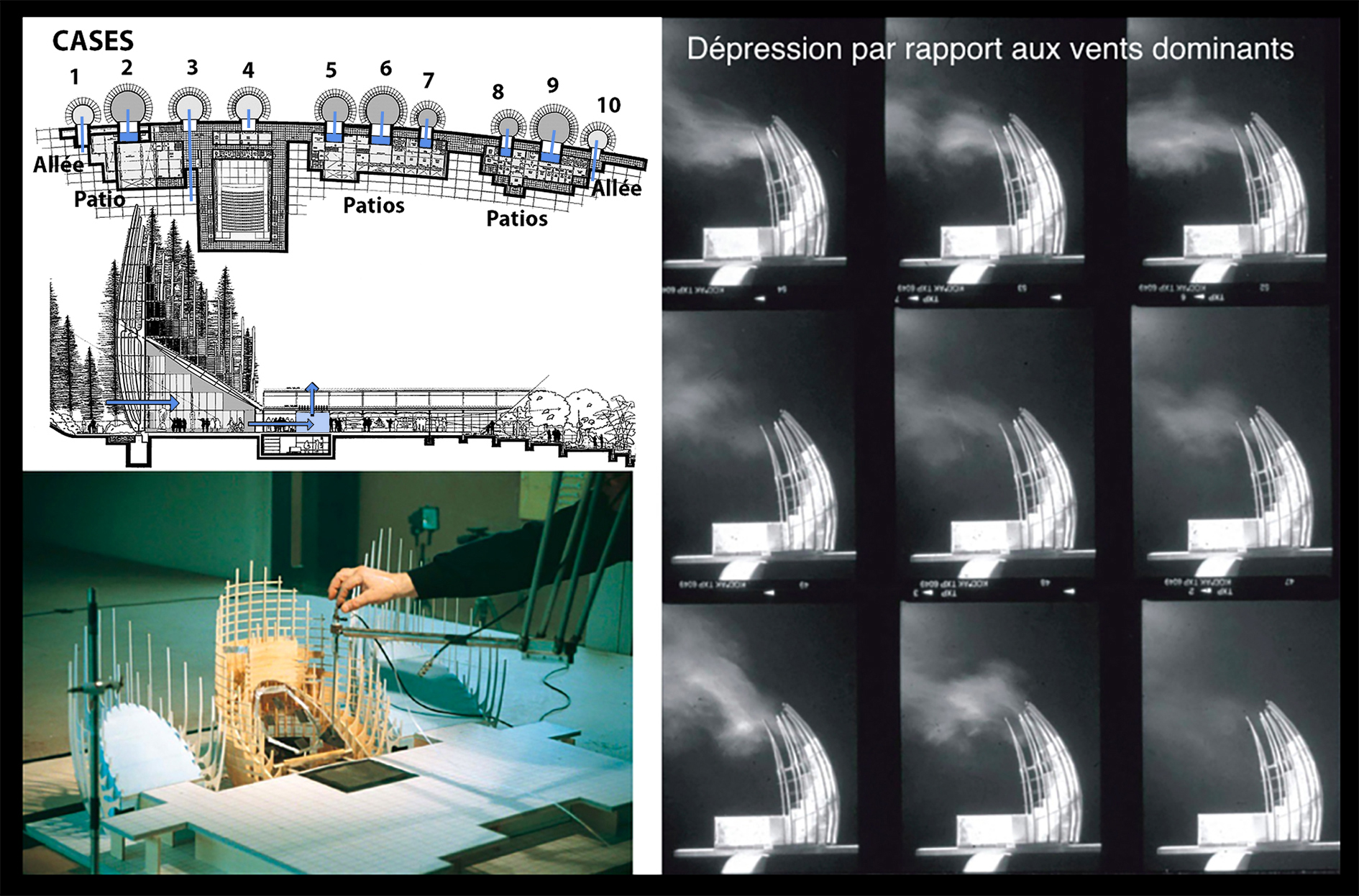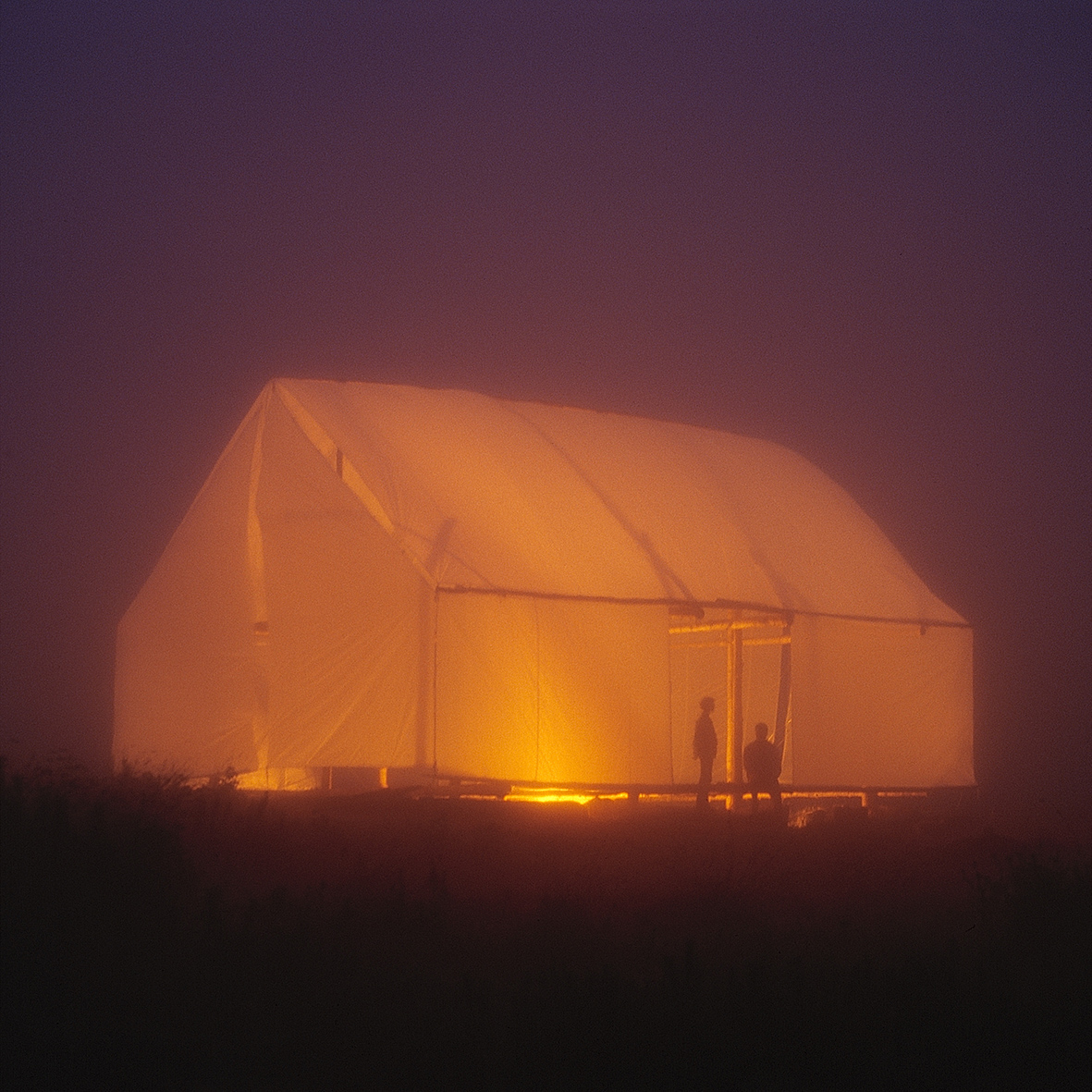Résumés session 4Session 4 - Speaker 22 / Anett Jopien (Darmstadt, Germany) Cubity - research and design - Energy plus and modular future student living
Abstract - The Technical University of Darmstadt, since its winning participation in the international Solar Decathlon Competitions in Washington, D.C., in 2007 and 2009 (Manfred Hegger and students) and the successful participation in the Solar Decathlon Europe 2010 in Madrid (Anett-Maud Joppien and students), has attained international recognition in the development and construction of energy-plus building. This has led to the development of West German standards of the “Efficiency House Plus” and a corresponding line of public funding. As a result, larger European Union and federally funded research projects at TU-Darmstadt, such the active house movement, have been set in motion. In August 2013, the organizers of the Solar Decathlon Europe 2014 invited the Faculty of Architecture at TU- Darmstadt to Versailles, France, to develop and erect a pioneering residential cluster for 10–12 students using the energy-plus standard on an area of 16 meters by 16 meters as a demonstration project. A team of nearly fifty undergraduate and graduate students participated in CUBITY as an experimental model for “Plus Energy and Modular Future Student Living” to plan and to implement under the leadership of Joppien and Hegger. CUBITY was presented to the international public Solar Decathlon Europe on June 27 until July 14, 2014. The project was erected again in July 2016, and will be inhabited beginning in October 2016 as a “Living Lab” by twelve students, including three refugee students. It will be researched from an energetic and social science perspective for the next twenty-one months. Two Hessian ministries provide public funding. Construction services and products were provided free of charge from commercial enterprises, including Deutsche Fertighaus Holding (DFH). This article focuses on architectural education and tackles how the issue of research and design can be used as a method for experiential learning. It explores a holistic didactic approach for young architects. Using the example of CUBITY, this article provides a detailed description of the development process for a research and design teaching model.
Session 4 - Speaker 23 / Paul Chantereau (Paris, France) Bellastock
Résumé - 2006-2016 : depuis 10 ans, Bellastock propose des cadres d'expérimentations architecturales ouvertes aussi bien aux étudiants qu'aux professionnels, au grand public qu'aux acteurs de l'aménagement. Né de l'envie d'un groupe d'étudiants de l'ENSA Paris-Belleville de pouvoir expérimenter à échelle 1:1 dans leurs études, le projet associatif s'est petit à petit développé jusqu'à devenir aujourd'hui une plateforme de recherche expérimentale en architecture et en urbanisme, en s'intégrant systématiquement dans des projets de territoire. Bellastock crée des laboratoires temporaires au coeur même des opérations d'aménagement. Ses objectifs : expérimenter, innover et partager l'architecture avec le plus grand nombre.
Session 4 - Speaker 24 / Paul Vincent (Lyon, France) A la recherche du bon sens, une dualité vertueuse entre innovations et usages
Résumé - Peut-on tirer profit de ces années de bâtisseur afin d’établir de nouvelles méthodes dans le développement de projets innovants puis les partager dans une certaine sérénité ? Peut-on de fait proposer un mode d’emploi qui mélangerait rigueur et poésie, une pédagogie vertueuse qui développerait des projets expérimentaux tournés vers un profit partagé et heureux ? Est-il possible de rétablir une chaîne de compétences entre tous les acteurs des projets… grâce à de nouvelles pratiques ? Ces questions se poseront à travers la présentation de 5 projets répartis sur 35 années :- le projet de pont urbanisé Tolbiac de l'Expo universelle 1989 avec Ionel Schein - le Centre Culturel Tjibaou à Nouméa de Renzo Piano Building Workshop - la tour bio-climatique Intesa San Paolo RPBW de Turin conçue avec le Vent et le Soleil - la Citadelle publique et universitaire d'Amiens RPBW et la mixité des usages. - l'école Lago dans la vallée de Tidène au Niger avec l’association les Puits du désert. Abstract - Can we take advantage of years of building experience to introduce new methods for developing innovative projects, and then share those ideas with confidence ? Can we set up a working method that combines rigour and imagination, an exemplary approach to experimental projects that is satisfying and beneficial for all partners ? Is it possible to re-establish a chain of competence between all the actors of a project … thanks to new working methods ? These questions will be explored in the light of 5 projects over 35 years: - the Tolbiac urbanised bridge at the 1989 Universal Exhibition with Ionel Schein - the Tjibaou Cultural Centre in Noumea by Renzo Piano Building Workshop (RPBW) - the ecological design Intesa tower in San Paolo by RPBW in Turin designed with le Vent et le Soleil - the Fortress, a mixed usage development for the public and the university of Amiens with RPBW - the Lago school in Niger’s Tidene valley with the association les Puits du désert
Session 4 - Speaker 25 / Brain Mackay Lyons (Nova Scotia, Canada) Virtues and Vices: Why Ghost Started and Why Ghost Stopped
Abstract - Ghost lab was born in 1994 out of frustration with the state of architectural education, when the distinguished academic/practitioner, dual career tradition in architecture had almost become extinct. The academy was becoming more esoteric. Practice was becoming more anti-intellectual. Apprenticeship within the master building tradition was being lost. Ghost, located on the MacKay-Lyons farm, on the Nova Scotia coast, began inside the University, then later became the research lab for the practice, which was supported by a loose international consortium of schools and practices. It became a meeting place for a community of peers who share a commitment to the timeless architectural values of: Place, Craft and Community. Ghost reached a hiatus in 2011, with an international conference titled ‘Ideas in Things’ and a book ‘Local Architecture’ (Princeton Architectural Press). The closing keynote will follow the evolution of Ghost lab between 1994 and 2011, and its impact on the practice of MacKay-Lyons Sweetapple Architects Limited. It will discuss aspirations and apprehensions about design/build education.
|





